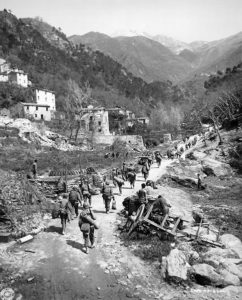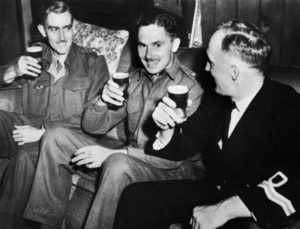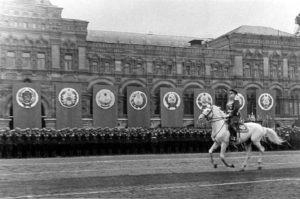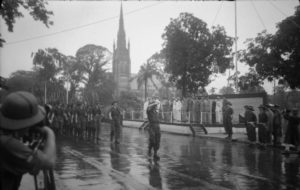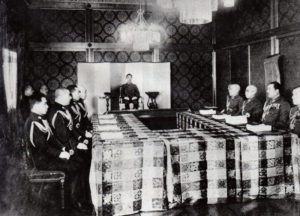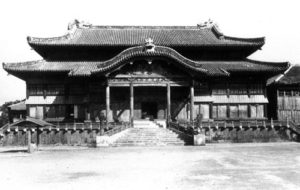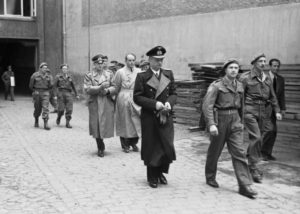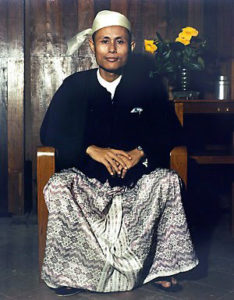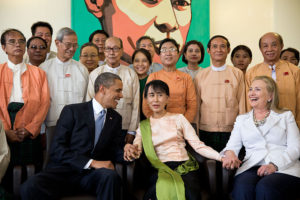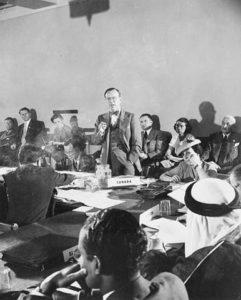
Future Canadian prime minister, Lester B. Pearson, addresses one of the committees at the United National Conference in San Francisco, 1945 [Public domain]
A photograph of future Canadian prime minister, Lester B. Pearson, addressing delegates at the San Francisco Conference is fitting for Canada Day, 1 July.
The United Nations Conference on International Organization, which had opened on 26 April 1945, ended two months later, this week in the war, with the signing of the United Nations Charter.
Delegates to the conference came from nations that had fought on the Allied side.
A central feature of the Charter was the agreement that the Security Council of the United Nations would assume responsibility for order in the world and that the United States, the Soviet Union, the United Kingdom, France, and China (the ‘Big Five’) would have permanent seats on the Council.

